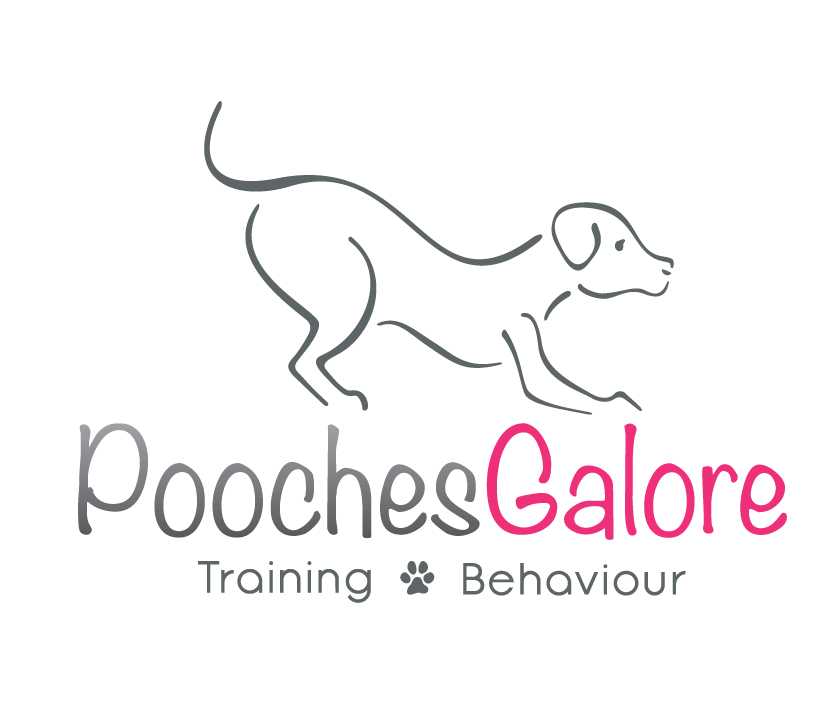Walking an Older Dog: Tailoring Your Walk for Senior Canine Comfort and Happiness
As your faithful companion enters the golden years of their life, ensuring their well-being becomes even more paramount. Regular exercise, like daily walks, remains an essential part of your senior dog's routine, fostering vitality, mental stimulation, and a stronger bond between you. In this comprehensive guide, we'll delve into the art of walking an older dog while integrating vital SEO keywords to help you navigate this journey with ease.
1. Embrace the Pace:
Walking an older dog demands an appreciation for their newfound pace. Senior dogs may not exude the exuberance of their younger selves, but their unique cadence deserves recognition. Slow and steady walks cater to their comfort, allowing ample time for cherished sniffing sessions and exploratory breaks.
2. Optimal Terrain for Senior Canines:
Choosing the right terrain significantly impacts your senior dog's walking experience. Opt for softer surfaces like grass or well-groomed trails, sparing their aging joints undue stress. These surfaces lessen the strain on their bones and muscles, preventing discomfort or potential injury.
3. Joint Health Supplements:
To safeguard your older dog's mobility, consider introducing veterinarian-approved joint health supplements. Incorporating keywords like "joint health for senior dogs" or "best joint supplements" underscores the importance of preserving your dog's vitality.
4. Quality Over Distance:
Prioritizing quality over quantity is essential when walking older dogs. Engage in shorter, purposeful walks to prevent exhaustion or overexertion. This approach caters to their physical limitations while providing ample mental stimulation.
5. The Power of Mental Stimulation:
Integrating mental stimulation during walks enhances your senior dog's experience. Utilize engaging toys or interactive treats to promote cognitive function and maintain their enthusiasm for daily walks.
6. Reading Your Dog's Cues:
Understanding your dog's non-verbal cues is vital. Keywords such as "senior dog body language" highlight the significance of attentive observation during walks. Adjust your pace based on your dog's signals to ensure their comfort and enjoyment.
7. Hydration and Rest Breaks:
Integrate regular water breaks to maintain hydration and underscore the importance of "senior dog hydration." Designate shaded rest areas to offer your dog opportunities to cool down and rest during your walk.
8. Incorporating Veterinary Guidance:
Frequent "senior dog checkups" ensure your dog's well-being. Prior to implementing any changes in your senior dog's exercise routine, consult your veterinarian for personalized insights and recommendations.
9. Walking Accessories for Senior Dogs:
Keywords like "comfortable harness for senior dogs" highlight the significance of investing in suitable walking accessories. Optimal gear, including well-padded harnesses, reduces strain on joints and enhances overall comfort.
10. Customising Walks for Aging Canines:
Tailoring your walks to accommodate your senior dog's needs underscores your commitment to their happiness and well-being. By integrating phrases like "senior dog walking tips" and "caring for older dogs," you reinforce the importance of adapting your routine to suit your loyal companion's requirements.
In conclusion, walking an older dog is a gratifying endeavor that strengthens your bond and contributes to their overall joy. By embracing their pace, prioritizing comfort, and integrating valuable insights from veterinary experts, you're embarking on a journey that celebrates the special connection you share with your aging canine friend.

